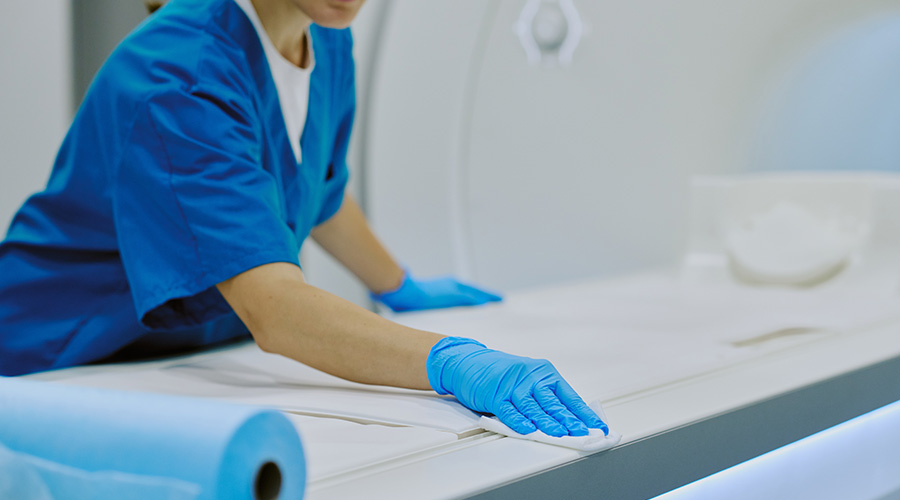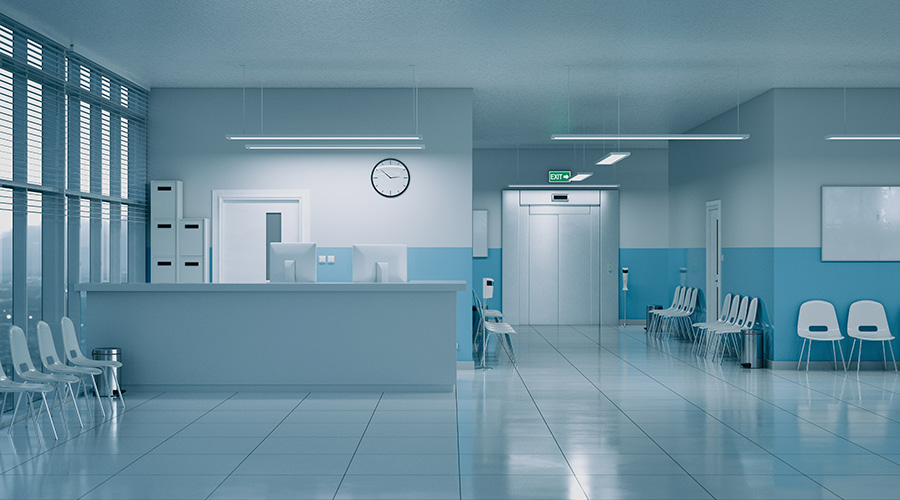Having a private room for patients instead of separating them with curtains, can help support infection control, according to architects. Also, every ER should have an isolation room.
"An isolation space is going to contain that patient's air and germs. It's a negative pressure room. Air is going to come in and be filtered out in the exhaust, so you don't worry about their germs spreading throughout the emergency department. You can quarantine them off," Kristyna Culp, chief operating officer of FreemanWhite, an architecture firm in Charlotte, N.C, said in an article on the WCNC website.
An ambulance will usually call ahead if a patient needs to be quarantined, but if they come in off the street, a triage nurse has to act quickly if that patient is sick enough to be isolated. So it makes sense that isolation rooms are usually close to triage and next to any decontamination area, the article said.
"Not every emergency department is able to just shut down an area," said Culp. "You can shut down that one room, but that may still be very close to other patients. So just to be extra cautious, they're just going to shut down the entire area. I would rather be safe than sorry in that situation."

 Hand, Foot and Mouth Disease on the Rise
Hand, Foot and Mouth Disease on the Rise Preparing for the Hazards of Winter Weather
Preparing for the Hazards of Winter Weather BayCare Reveals Pagidipati Children's Hospital at St. Joseph's
BayCare Reveals Pagidipati Children's Hospital at St. Joseph's Why Identity Governance Is Becoming a Facilities Management Issue
Why Identity Governance Is Becoming a Facilities Management Issue Habitat Health Opens South Los Angeles PACE Center
Habitat Health Opens South Los Angeles PACE Center